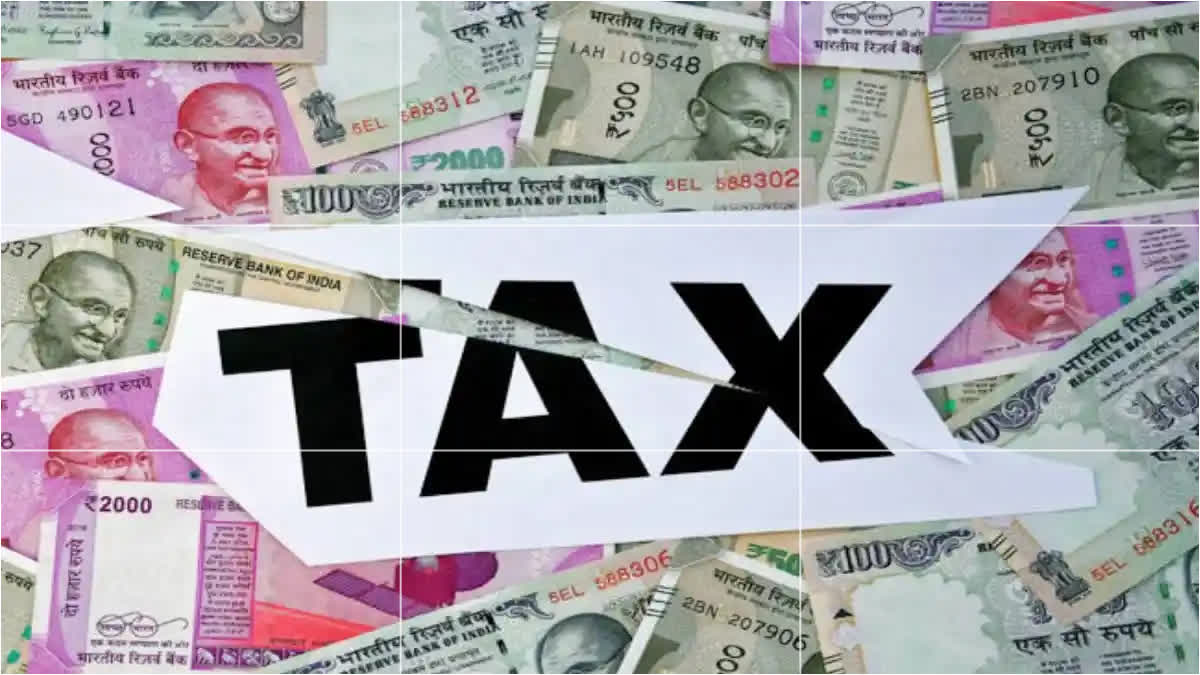Hyderabad: With three days left for the financial year of 2023-24 to come to an end, salaried employees who have not yet claimed their Leave Travel Allowance (LTA) should immediately submit their travel documents to avail of tax exemption under Section 10(5) of the Income Tax Act, 1961.
LTA is one of the largely used exemptions by employers while they structure the Cost to Company (CTC) of the employee in a tax-efficient way.
TheLTAis the allowance provided by an employer to its employees for travelling. This allowance can be utilised while going on a vacation with family or alone. However, to get the reimbursement, the employer needs to provide the actual bills to his/her employer. The amount that one gets as LTA differs with the employer and the position of the employee in the organization. However, it has a pre-specified limit. Therefore, the remaining amount is taxed under the slab rates of the income tax.
Employees can seek tax exemption on LTA twice in a block of four years. The current block is from 2022- 2025.
Rules for LTA claim
The LTA does not cover international trips. However, the employee can claim tax exemption if he/she travels anywhere in India.
LTA exemption is not applicable if an employee gets it in cash without travelling to any place. In this case, the entire LTA amount becomes taxable.
Even the family of the employee can travel with the employee and can claim the exemption under Section 10(5) of the Income Tax Act. Here, the family refers to the spouse of the employee, up to two children, and completely dependent siblings or parents.
It is only the cost of travel that is taken into consideration for tax exemption. There are no other costs that qualify for this exemption. An employee has to opt for economy class airfare by the shortest route to the travelling destination for LTA exemption. Fare of A.C. first class through the shortest route is considered in the exemption.
An employee can claim LTA exemption if the place of origin and destination is connected by the rail route but the journey is performed by other transportation modes. He can also claim it if the place of origin and destination is not connected by the rail route (fully or partially) but is connected by other known public transport.
